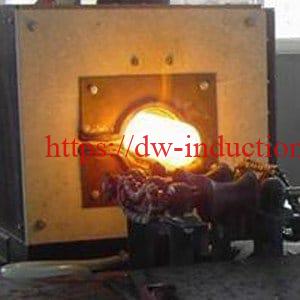-
1/5

-
2/5

-
3/5

-
4/5

Induction Forging
Induction Forging&Hot Forming Technology is a method of plastically deforming a metal accomplished by hammering on a single piece of metal.Metal induction forging and hot forming are excellent induction heating applications. Industrial forging and hot forming processes involve bending or shaping a metal billet or bloom after it has been heated to a temperature at which its resistance to deformation is weak. Blocks of non-ferrous materials can also be used.Induction forging solutions have been installed in many countries,mainly in the metal and foundry sector. Examples of materials you can process with forging induction and hot forming are aluminum,brass,copper,steel iron and stainless steel.
The approximate hot forming temperatures of the most commonly used industrial materials are:
• Steel 1200º C • Brass 750º C • Aluminium 550º C
Total Forging/Hot Forming Applications

Induction heating machines are commonly used to heat steel billets,bars,brass blocks,and titanium blocks to the proper temperature for forging and hot forming.
Ends Forging/Hot Forming Applications
Induction heating is also used to heat parts such as pipe ends,axle ends,automotive parts,and bar ends for partial forming and forging processes.
The Induction Forging/Hot Forming Advantages
When compared to conventional furnaces, Induction Forging Furnace offer significant process and quality advantages:
1. Much shorter heating times, minimizing scaling and oxidation
2. Easy and accurate temperature temperature control. Parts at temperatures outside specifications can be detected and removed
3. No time lost waiting for the furnace to ramp up to the required temperature
4. Automated induction heating machines require minimal manual labor
5. Heat can be directed to one specific point, which is highly important for parts with only one forming area.
6. Greater thermal efficiency – heat is generated in the part itself and does not need to be heated in a large chamber.
7. Better working conditions. The only heat present in the air is that of the parts themselves. The working conditions are much more pleasant than with a fuel furnace.




